

Black mulch favours 'Tasty Green' cucumber; reflective favours persistent yield.
Sustainable Agriculture Student Research Project
Cucumber Response to Black and Silver MulchesJacob Wen, Department of Sustainable Agriculture, 2023 |
Introduction
Cucumber (Cucumis sativus) is a widely-grown crop with high demand in both domestic and international markets. It requires adequate nutrients, water, and temperature for optimal growth and yield.
Reflective mulch has been identified as a potentially beneficial practice for cucumber growth due to its ability to reflect light onto the plant, thereby increasing photosynthesis and growth. However, there is a lack of consensus on the actual effect of reflective mulch on cucumber growth, with some studies suggesting positive effects while others have found no significant difference.
Objective
This experiment aims to investigate the effect of reflective mulch, relative to black mulch, on the growth and yield of Chinese cucumber varieties.
Methods
- Experiment Location: KPU Farm on Richmond’s Garden City Lands.
- Experimental Design: Completely Randomized Split-Plot Design with 10 replicates (Fig. 1).

Figure 1. Experimental layout using a Completely Randomized Split-Plot Design. All plots were in a single row.
- Factors and Treatments:
- Main Factor: Mulch Type (Reflective vs. Black, Fig. 2).
- Sub-Factor: Cucumber Variety (cv. ‘Suyo Long’ and ‘Tasty Green,’ Fig. 3).
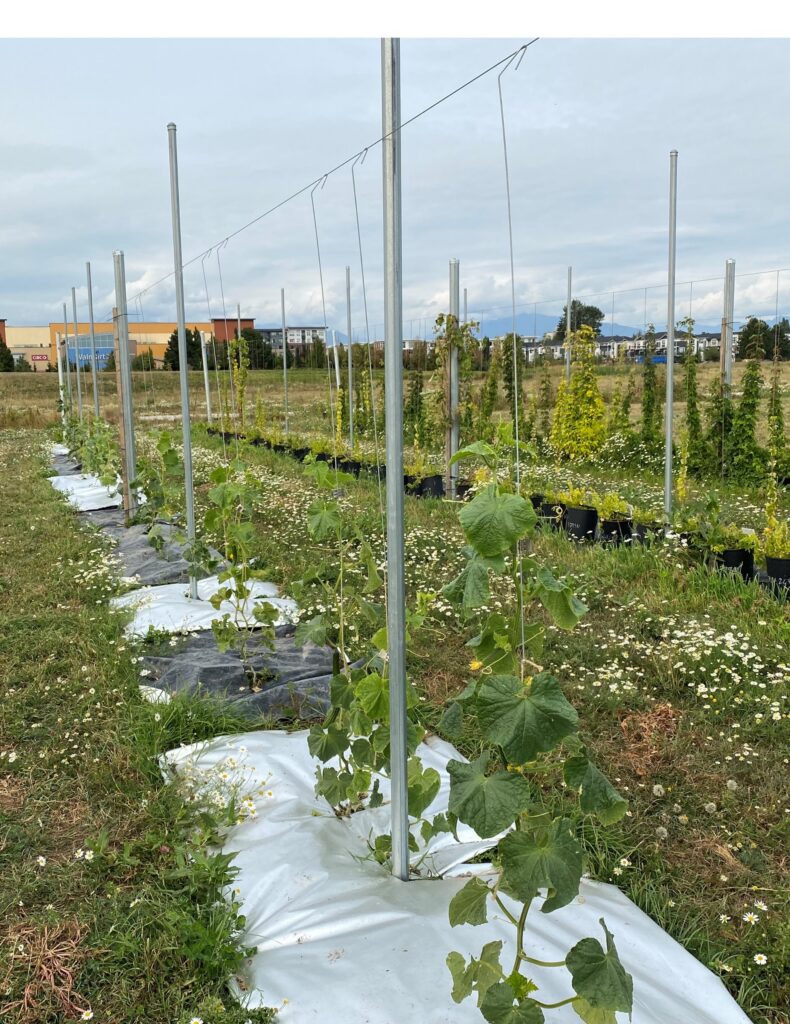
Figure 2. Cucumbers growing on reflective and black plastic mulches.
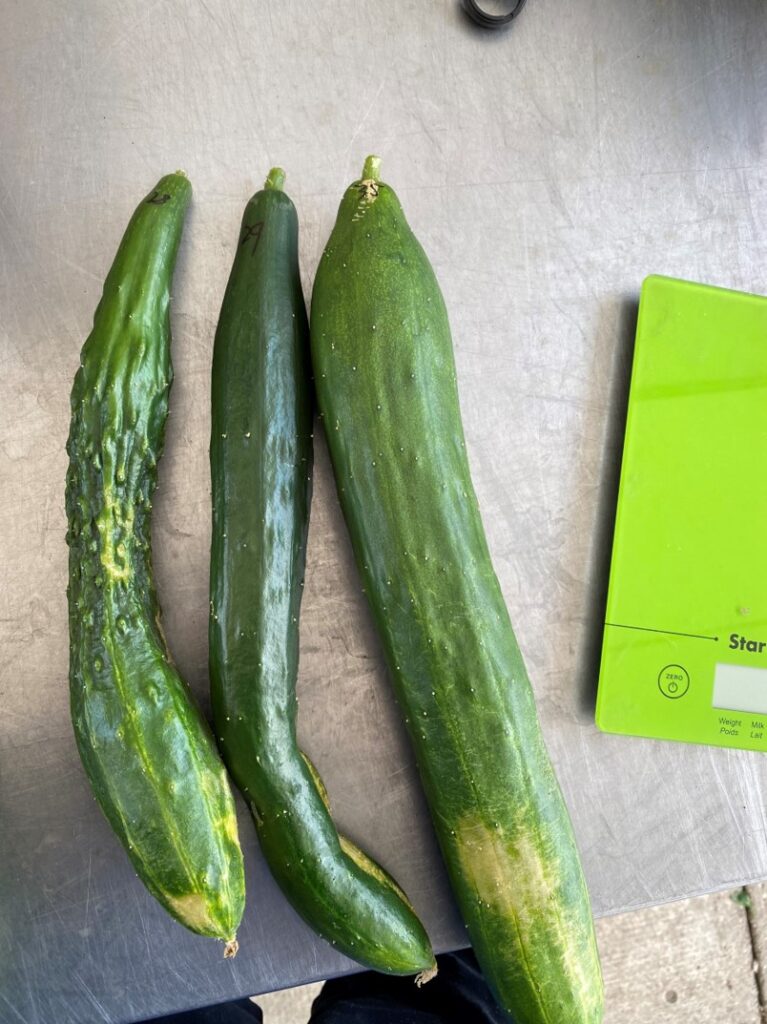
Figure 3. Two ‘Tasty Green’ cucumbers (left) and a ‘Suyu Long’ cucumber (right).
- Transplants: Cucumber seeds were sown in containers following standard protocols and grown in a controlled environment (dome greenhouse) to reduce weather-related variability (Fig. 4).
- Transplanted 4-6 weeks after germination, when plants reach appropriate size.
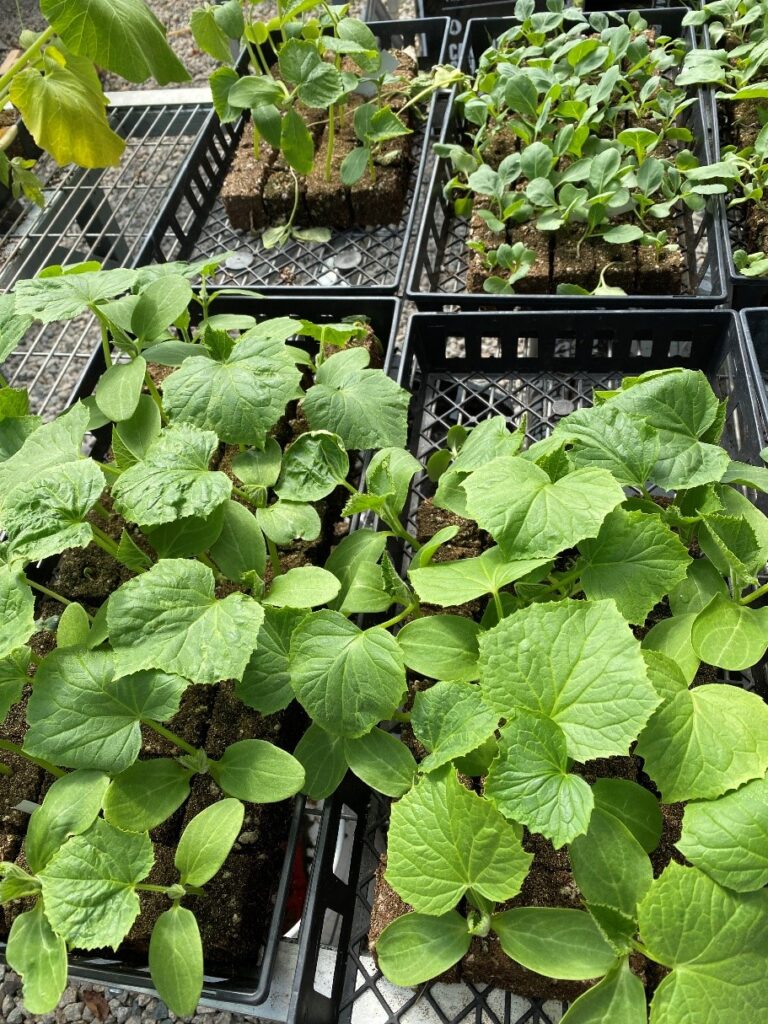
Figure 4. Cucumber transplants in the solar growing dome at the KPU Farm.
- Measured Variables:
- Plant height and width
- Timing of fruit ripening
- Cucumber weight and length
- Statistical Analysis: Mixed model with harvest date, mulch type, and cucumber variety as fixed factors; main plot and subplot as random effects.
Results
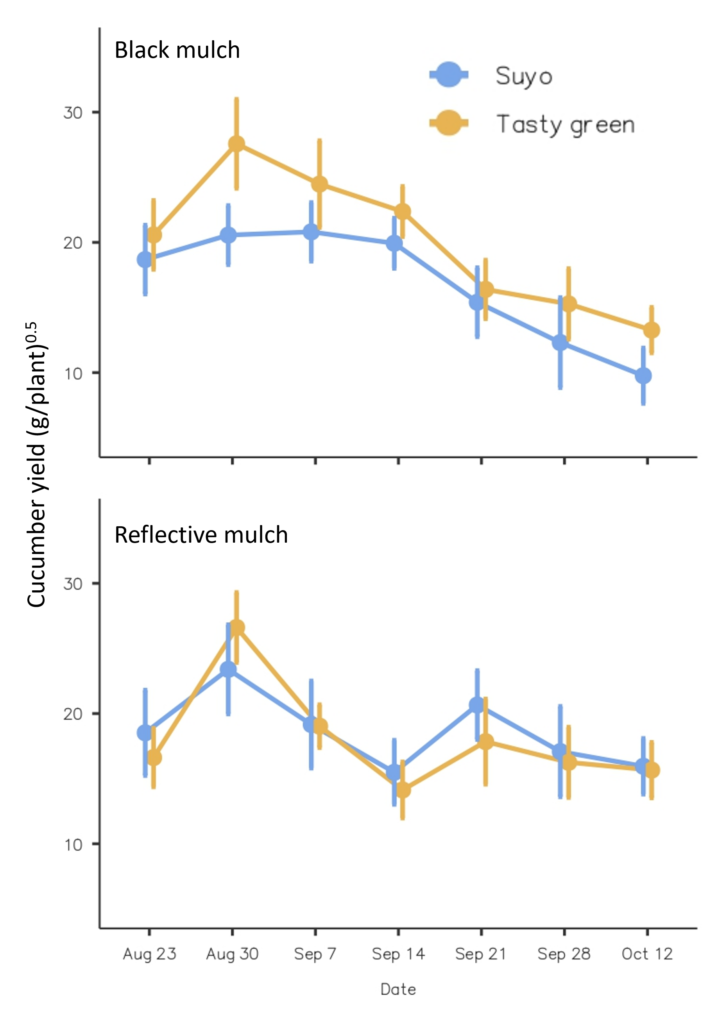
Figure 5. Yield of ‘Tasty Green’ and ‘Suyo Long’ cucumbers grown in black and reflective mulches. The interaction between date and mulch was significant; other interactions were not (α = 0.05). Data were transformed by square root to satisfy statistical assumptions. Error bars denote standard error of the mean (n = 10).
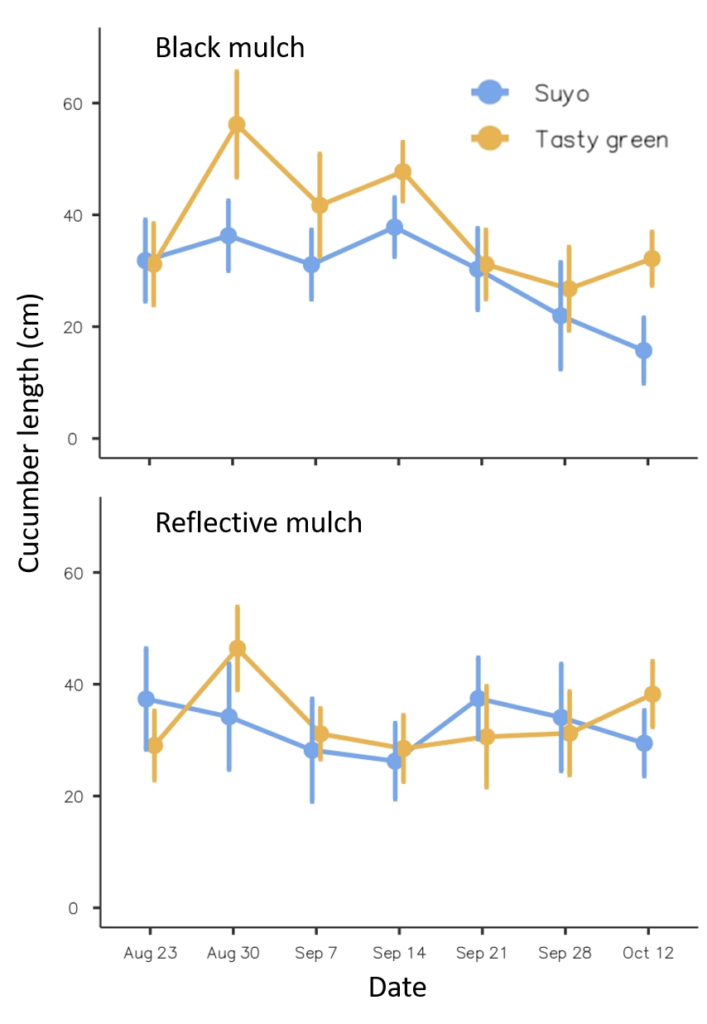
Figure 6. Length of ‘Tasty Green’ and ‘Suyo Long’ cucumbers grown in black and reflective mulches. The interaction between date and mulch type was significant. Error bars denote standard error of the mean (n = 10).
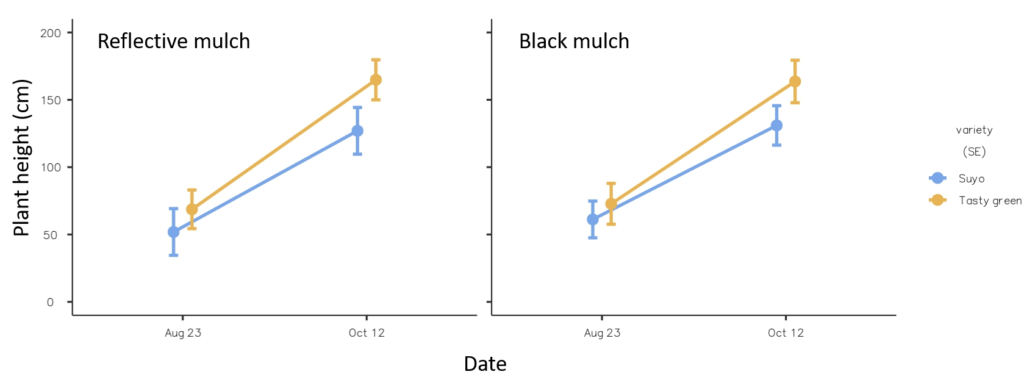
Figure 7. Initial and final plant heights of Suyo and Tasty green cucumbers in reflective mulch (left) and black mulch (right). Error bars denote standard error of the mean (n = 10).
Conclusion
- ‘Tasty Green’ tended to perform better in black plastic mulch than ‘Suyo Long’, but this difference was not observed in reflective mulch.
- Cucumber yield declined more rapidly in black plastic mulch than reflective mulch, which sustained cucumber yield later into the growing season.
Acknowledgements
Thanks to Michael Bomford, Andy Smith, Sahar Zandieh and the KPU farm staff for help with my project.